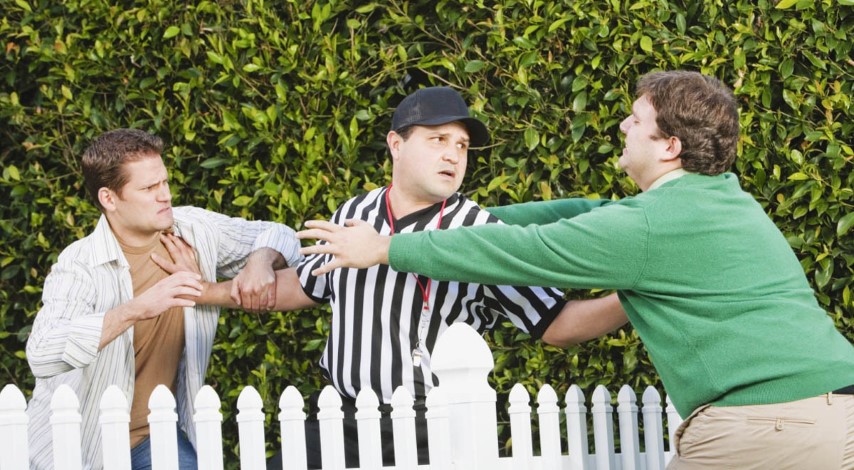September 15th 2019

New homeowners who wish to construct, repair, or maintain a fence on their boundary line should know what to expect in the event they cannot reach an agreement with their neighbour over shared expenses or design. In some instances, a purchaser only discovers after agreeing to purchase a property that the boundary of their property has been encroached by an improperly constructed fence. This article reviews the process for resolving such disputes and gives some tips on how to avoid surprises over boundaries before moving into your new home.
One of Ontario’s most historic pieces of legislation is the Line Fences Act. The Act provides a default process for resolving fence disputes. However, a municipality may pass its own by-law for managing such disputes,  and this local method would prevail over the Act. The Act does not address disputes about the location of boundaries. In addition, neighbours must take efforts to reach an agreement with their neighbour before turning to the dispute resolution process in the Act. However, if there is no agreement, the party wishing to make changes may contact their municipal clerk and arrange for Fence-Viewers to attend the property.
and this local method would prevail over the Act. The Act does not address disputes about the location of boundaries. In addition, neighbours must take efforts to reach an agreement with their neighbour before turning to the dispute resolution process in the Act. However, if there is no agreement, the party wishing to make changes may contact their municipal clerk and arrange for Fence-Viewers to attend the property.
Fence-Viewers consider a number of factors before making an Award, including the suitability of the fence to the needs of each party, existing by-laws concerning fences, and the style of fences in the area. The Award indicates the type of fence, material, and completion date. Last, the Award allocates responsibility for fees, construction, and which portion of the fence is each neighbour’s responsibility. The Award can be registered on title, making it binding on current and future owners of the property. Notably, agreements on cost sharing for a line fence reached without the Act can also be registered on title. The Act provides an appeal procedure if an owner does not agree with the Award. The appeal must be filed within 15 days, and the fee changes annually indexed to inflation (currently $329.00).
Disputing the actual boundary on a property can be a contentious issue. When a fence is not built on the  shared boundary, but encroaches on the neighbouring land without legal justification, the civil tort of trespass applies. A property owner who sustains ongoing violation and is unable to reach an agreement with the neighbour may seek damages for trespass as well as a court order removing the fence. Once the court makes a finding of trespass, a property owner can enforce this decision through contempt of court proceedings if the award is ignored by the infringing neighbour. Similarly, where trees overhang or encroach on neighbouring property, the civil rules of trespass apply. However, if the tree is on the shared boundary, parties must utilize the adjudication process available under the Act, rather than a civil proceeding.
shared boundary, but encroaches on the neighbouring land without legal justification, the civil tort of trespass applies. A property owner who sustains ongoing violation and is unable to reach an agreement with the neighbour may seek damages for trespass as well as a court order removing the fence. Once the court makes a finding of trespass, a property owner can enforce this decision through contempt of court proceedings if the award is ignored by the infringing neighbour. Similarly, where trees overhang or encroach on neighbouring property, the civil rules of trespass apply. However, if the tree is on the shared boundary, parties must utilize the adjudication process available under the Act, rather than a civil proceeding.
Any prospective property owner should review the parcel survey to see if the fence location conforms to the legal title boundaries. If a fence has been improperly placed, it may be worth making inquiries about the fence before the existing owners have transferred title. However, if there is no fence, or a new homeowner wishes to make repairs and encounters a difficult neighbour, you may consider contacting the municipal clerk to determine whether the Act applies to your situation. As always, a trusted legal professional can advise you on your particular situation.
Michael Liddiard, JD | Liddiard Law Professional Corporation | michael@liddiardlaw.ca